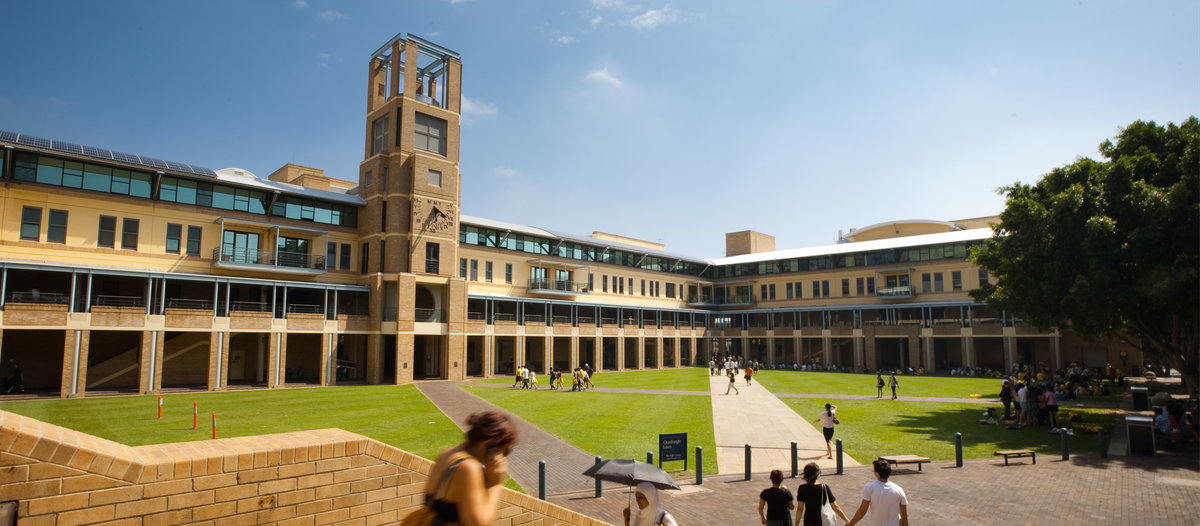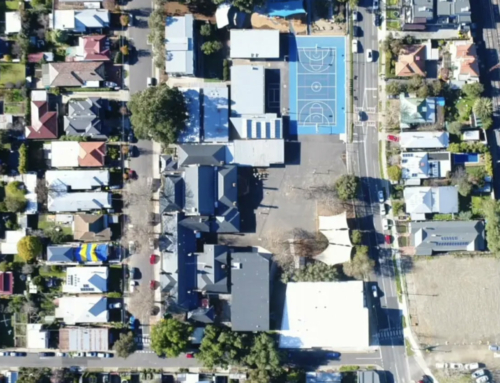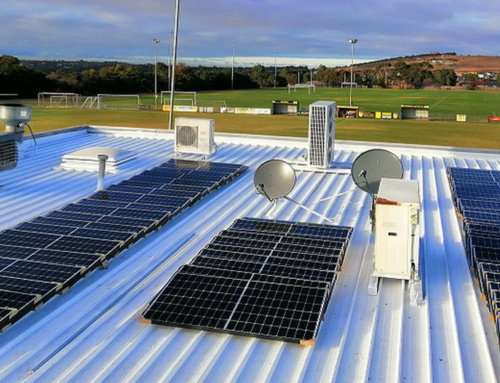Interest in cool roof technology is rapidly gaining traction with the Australian Government engaging the University of New South Wales (UNSW) to complete a study into how quickly Cool Roofs can be made widely available. With Australia’s 2030 Emission Reduction Target fast approaching, finding viable and effective solutions to retrofit existing buildings with Cool Roofs is key to planning to meet and exceed the ambitious goals.
This study follows a long list of works by the university’s Professor Mattheos Santamouris and his team, that are set to measure and quantify the costs and benefits of Cool Roof products. The City of Darwin previously employed Professor Santamouris and his team to help reduce overheating in Darwin by up to 2.5C. “We found that mortality increased by 5% for every 1 degree increase in daily maximum temperature.” “Mitigation of overheating across the city of Darwin could save about 10 lives per year, per 100,000 residents.” Urban overheating has a serious impact on human health and the economy because it increases the concentration of urban pollutants, affects urban air quality, increases energy consumption for cooling purposes and raises carbon dioxide emissions.
The team found that when temperatures in Darwin were higher than 32 degrees and the humidity was more than 80%, there was an increase in daily maximum temperature by 1 degree, raising the number of hospital admissions by 263%.
The Australian Government is also drafting new adaptive legislation around the building codes to tackle climate change. This Built Environment Climate Change Adaptation Action Plan 2022-2026 is expected to be released mid-2022 and will mean stakeholders have greater responsibility in choosing applications for their buildings.
UNSW is building strong relationships with Australia’s current Cool Roof providers to understand how to support them in the coming years to meet the rising demands that the impending building code changes will reflect to help meet the sustainability targets. They set out to identify the best heat reflective paints, best heat reflective membranes and best heat reflective roof coatings available in Australia. These solar reflective materials will play a huge role in meeting Australia’s 2030 climate targets.
Cool roof technology is known to reduce the cooling energy consumption of air-conditioned buildings during hot periods, and widespread implementation of such roofs can mitigate the urban heat island effect. Port Phillip Council commissioned an interesting study in 2020 on the most effective cooling solutions to the Heat Island Effect for a long-term trial South Melbourne. Amongst various other methods, Cool Roofs, heat reflective materials and other cooling materials feature as the primary method of retrofitting existing buildings for a quick and cost-effective measurable result. Green roofs and green walls also feature heavily in the mixed modality solutions.
Finding cost effective ways to retrofit aging buildings, that support a circular economy and also reduce energy expenditure, will be the key to effectively navigating through to a successful 2030 goal.









